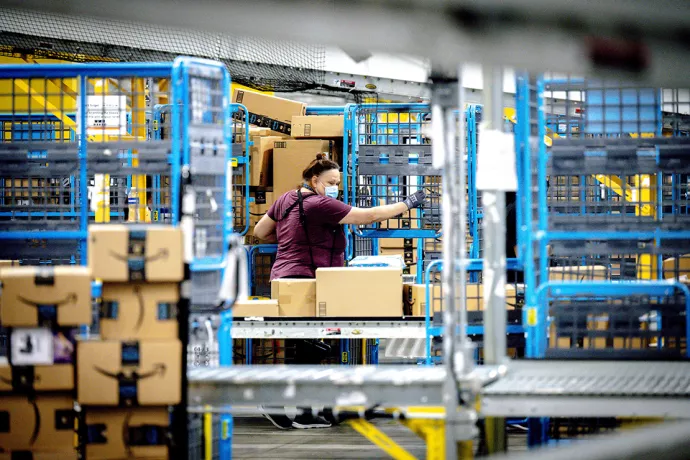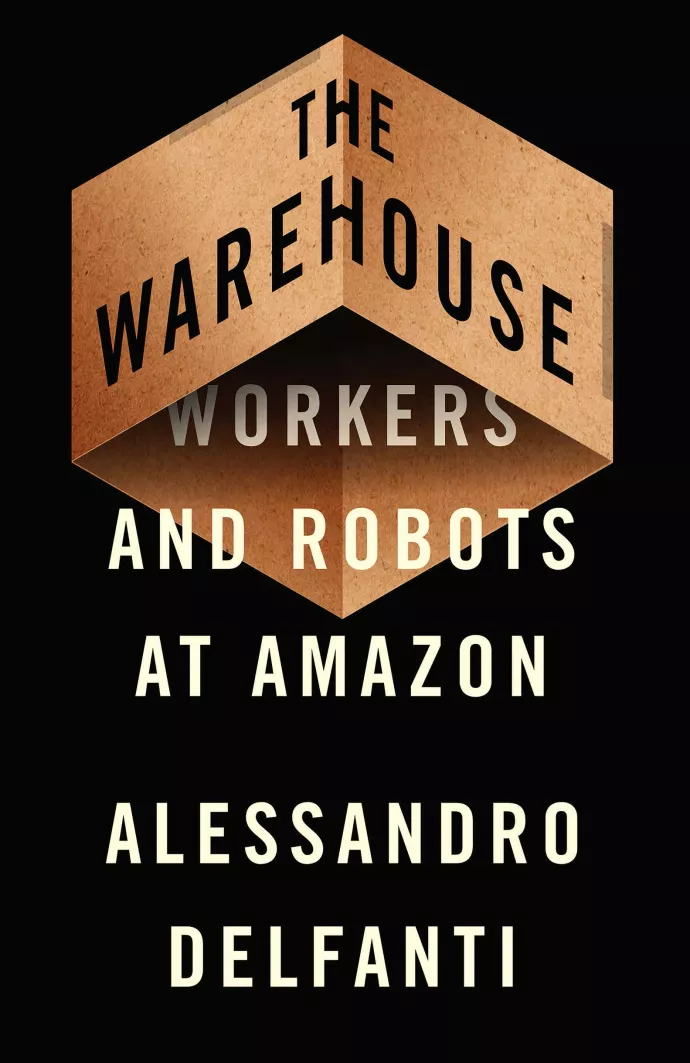
UTM prof exposes the plight of Amazon warehouse workers in new book
Amazon has been intensely criticized for labour practices that exploit its warehouse workers, but a new book by U of T Mississauga professor Alessandro Delfanti reveals just how far the company is going in using technological tools to harness workers in the name of efficiency.

“The way that Amazon is using technology to change labour processes to be more efficient and squeeze more labour out of workers is a continuation of the logic of the industrial revolution,” says Delfanti, who is appointed to UTM’s Institute of Communication, Culture, Information and Technology as well as the Faculty of Information. “It’s not about using technology to help workers, but workers having to make themselves more efficient in relation with machines.”
For Delfanti, the rise of the global distribution monopoly intersects with his personal history. A 15-minute drive from his childhood home of Piacenza in northern Italy is the oldest and biggest Amazon warehouse in that country, built in 2011 and employing a few thousand people. Many of his friends and former classmates have worked at the giant facility, nicknamed MXP5, which spits out hundreds of thousands of orders per day. As he writes:
“In Piacenza, Amazon became a heavy presence before the area was even an eligible destination for delivery. Boxes from MXP5 went out to the more modern and busier metropolis of Milan, while we got the jobs, the downward wages and working conditions, and the environmental degradation.”

Over the last four years, Delfanti conducted intensive direct and indirect research that included speaking with several current and former workers, attending Amazon recruitment events and technology showcases, and reviewing the company’s patents. This last tactic revealed a potential plan to develop augmented reality goggles that supervisors could use to scan workers’ faces for data about their performance, including how fast they work and how many breaks they take.
Amazon has grown exponentially during the pandemic, and the coming holiday season kickstarted by Black Friday/Cyber Monday later this month will no doubt further increase its fortune and power. Yet Delfanti is encouraged by the rise of worker resistance movements that are starting to lead to better working conditions and health and safety provisions at some Amazon workplaces—but he sees a need to go further to protect workers’ rights at Amazon and beyond.
“Big technology companies do what they can to be immune from regulation and taxation and become increasingly powerful,” Delfanti says. “When you look at the wealth of these companies, how much money and power and influence they have over society and politics, it is very concerning.”
